All You Need to Know About Apples: 7 Types of Apples for Cooking, Baking, and Eating Fresh
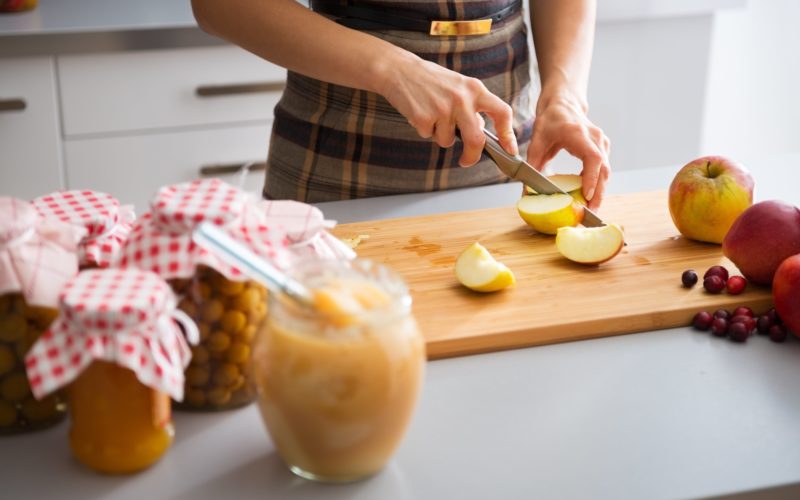
Apples are delicious when eaten alone, but they can be even more enjoyable if they’re prepared in one of your favorite recipes. In this blog, we’ll review the best types of apples for cooking, baking, and eating right from the tree.
7 Types of Apples for Cooking
There are over 7,500 varieties of apples, and all of them are unique. Learning the best types of apples for cooking, baking, or eating fresh is important if you want to incorporate them into your recipe books. Below, we’ve outlined the 7 most common and popular types of apples you can use in a variety of recipes.
1. Fuji
Fuji apples are one of the most popular varieties. Coming in a light pink speckled color over a yellow-green background, these types of apples are known to be sweet and refreshing.
Fuji apples are great for a number of different purposes, making them common for eating fresh, cooking, baking, adding in salads, turning into pies, or creating sauces. Below, we’ve shared some of our favorite fuji apple recipes.
Note: Fuji apples are in-season in late September through late October.
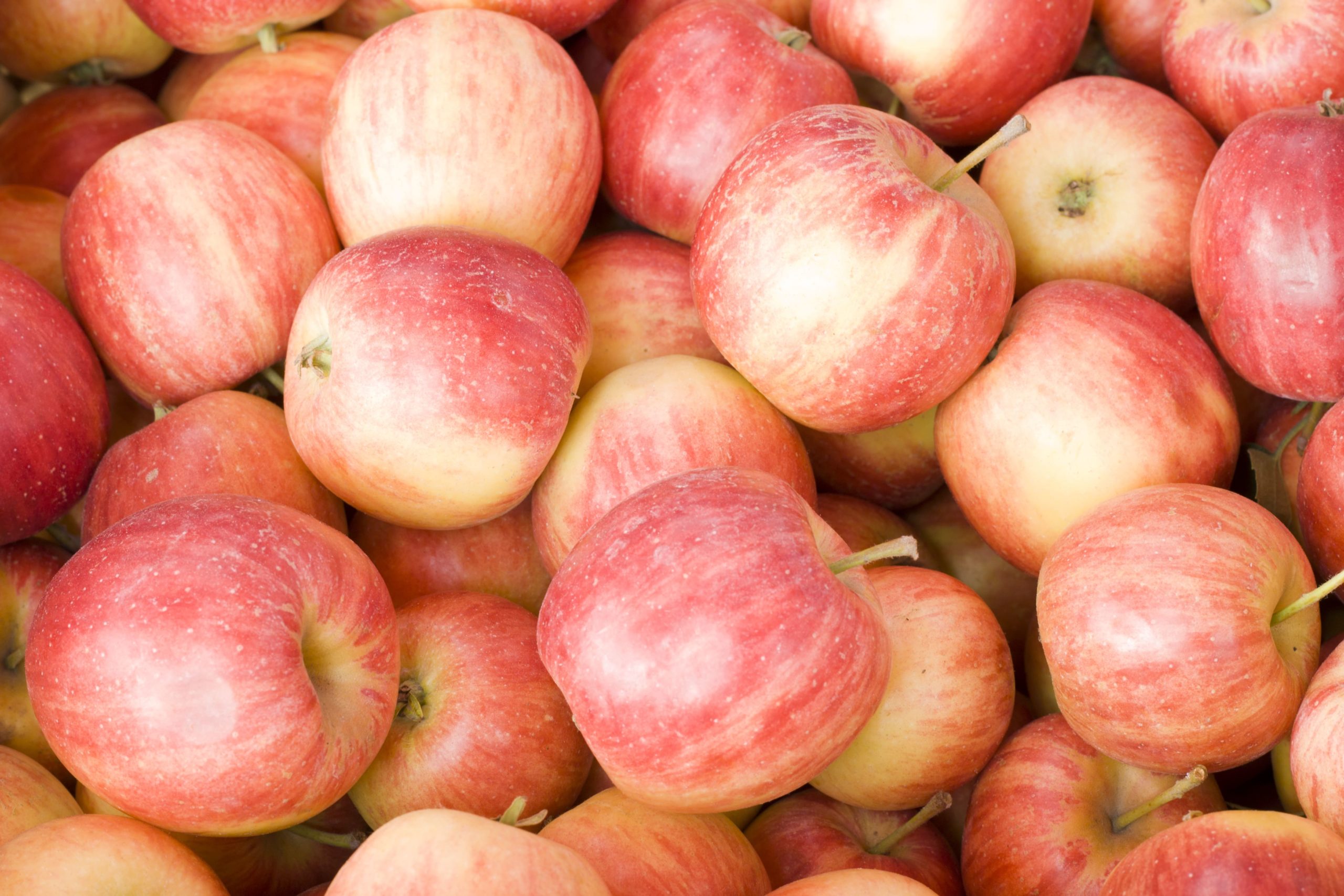
2. Red Delicious
The classic and traditional Red Delicious apple is famous for its bright red color. While some people actually feel that these apples lack sweetness, their thick skin keeps them from bruising and allows them to be stored longer than other varieties.
You’ll typically find people eating Red Delicious apples alone or adding them to salads. Many people also find they’re great for juicing and dehydrating. Check out some satisfying Red Delicious apple recipes below.
Note: Red Delicious apples are in season from late September through early October.
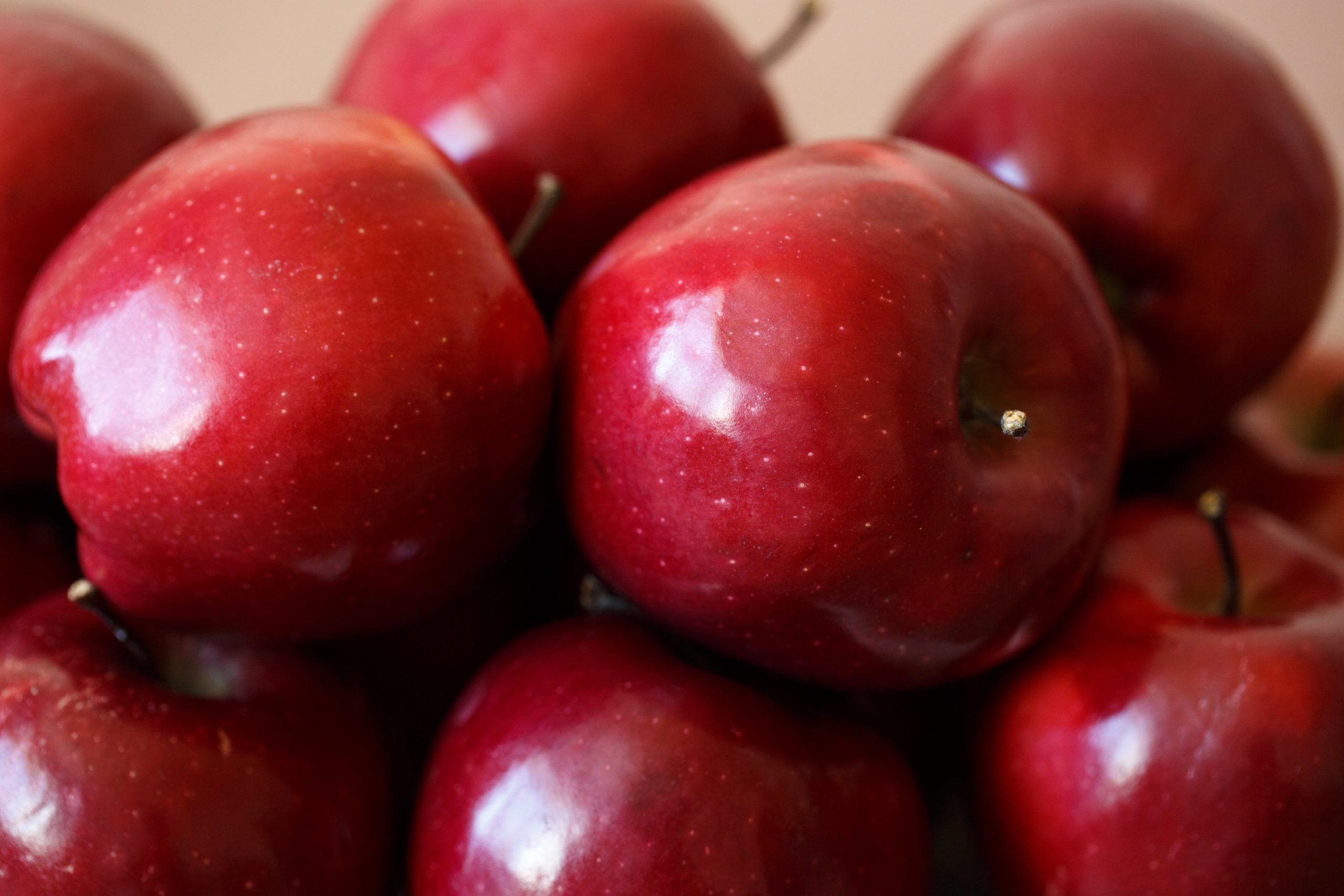
3. Golden Delicious
Unlike Red Delicious apples, Golden Delicious varieties are unique in their bright yellow flesh. They’re crisp, juicy, and known for their honey-sweet flavor.
Keep in mind, when using Golden Delicious apple recipes, consider putting less sugar in your pies and sauces since the natural sweetness is stronger than other varieties. Below, we’ve listed some recipes you can start trying today.
Note: Golden Delicious apples are in-season from September through October.
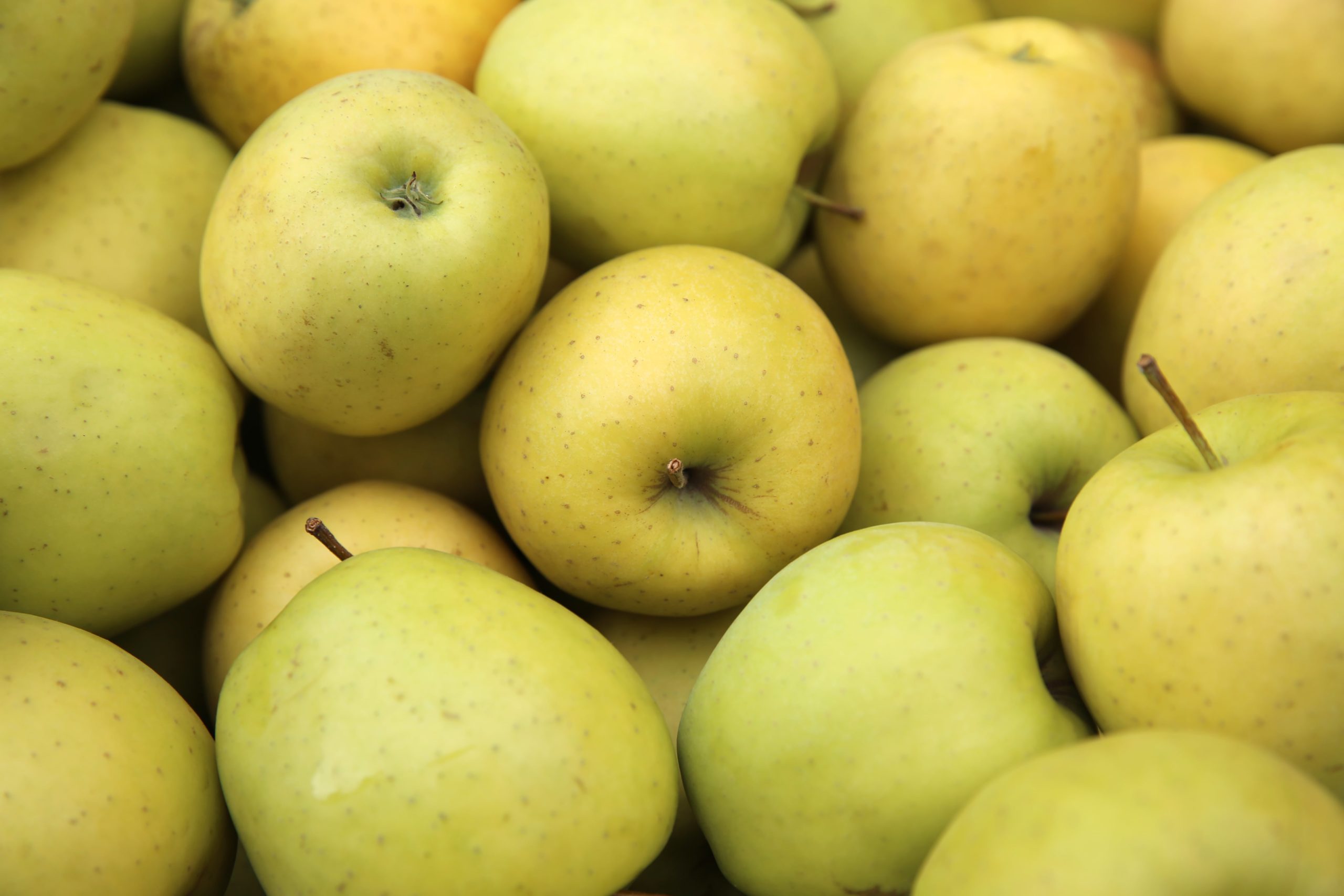
4. Gala
One of the most popular apple varieties, Gala apples offer a crisp texture and sweet pear-like flavor. Golden yellow and orange with red stripes, people love eating these apples plain and in a variety of dishes.
More Gala apples are grown in the U.S. than any other variety. This means finding a go-to Gala apple recipe you like shouldn’t be too difficult. Below, we’ve shared some recipe ideas to get you started.
Note: Gala apples are in-season mid-July through September.
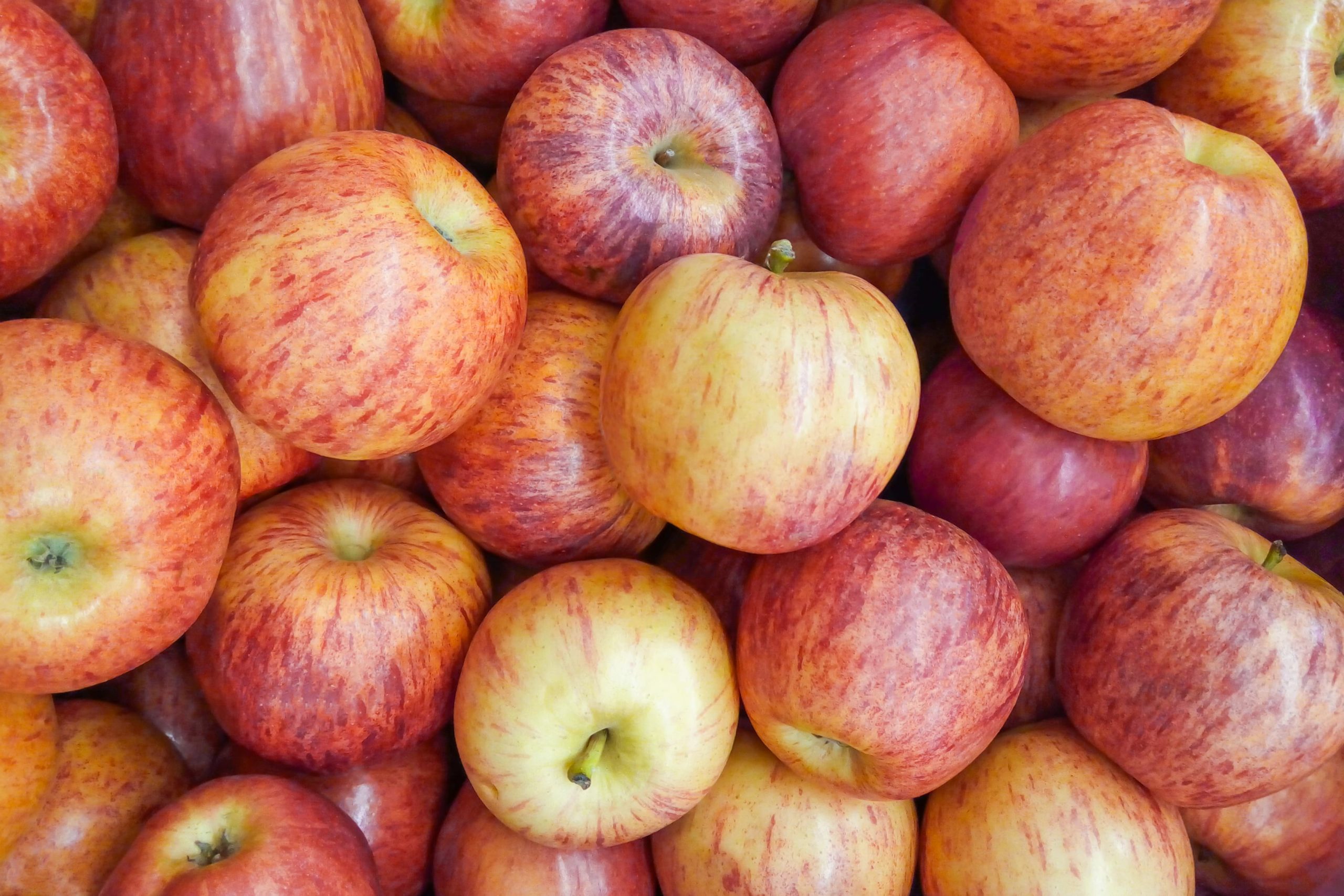
5. Granny Smith
The iconic, bright green Granny Smith apple has been a favorite since it emerged in the U.S. in the 1970s. For years people have praised this strong-tasting and slightly sour apple. Granny Smith apples are popular for their unique flavor and low-sugar content.
There are many Granny Smith apple recipes you can serve that will make your family and friends’ mouths water. Start by checking out some of our favorites below.
Note: Granny Smith apples are in season from late April through early May.
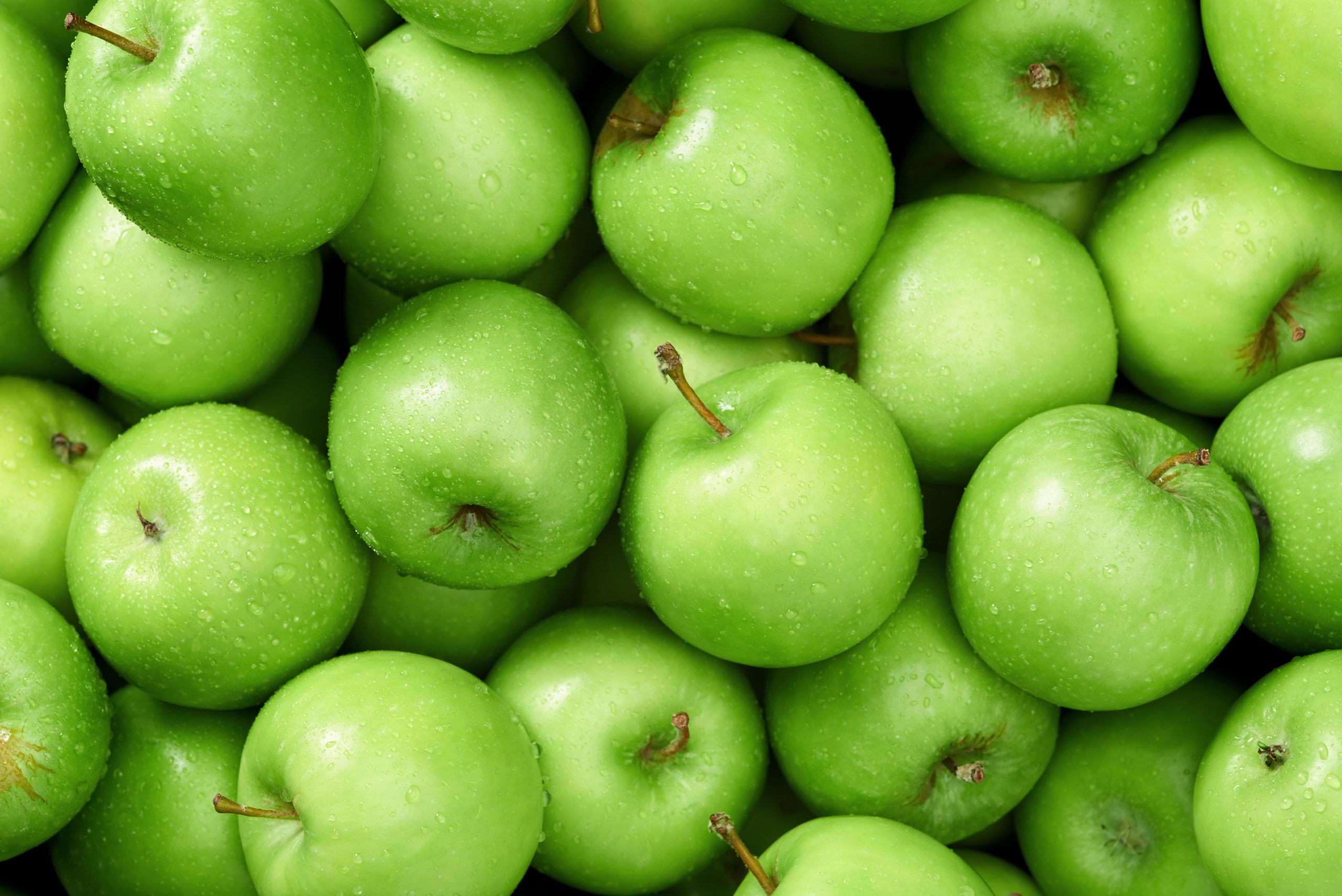
6. Honey Crisp
Known for their larger size and extra juicy interior, Honey Crisp apples are deliciously sweet and have one of the best storage lives among the apple varieties. Honey Crisp apples offer a light green-yellow background and red-orange flush.
Take advantage of some of these Honey Crisp apple recipes we’ve shared with you below to begin making irresistible dishes for any occasion.
Note: Honey Crisp apples are in-season from September through November.
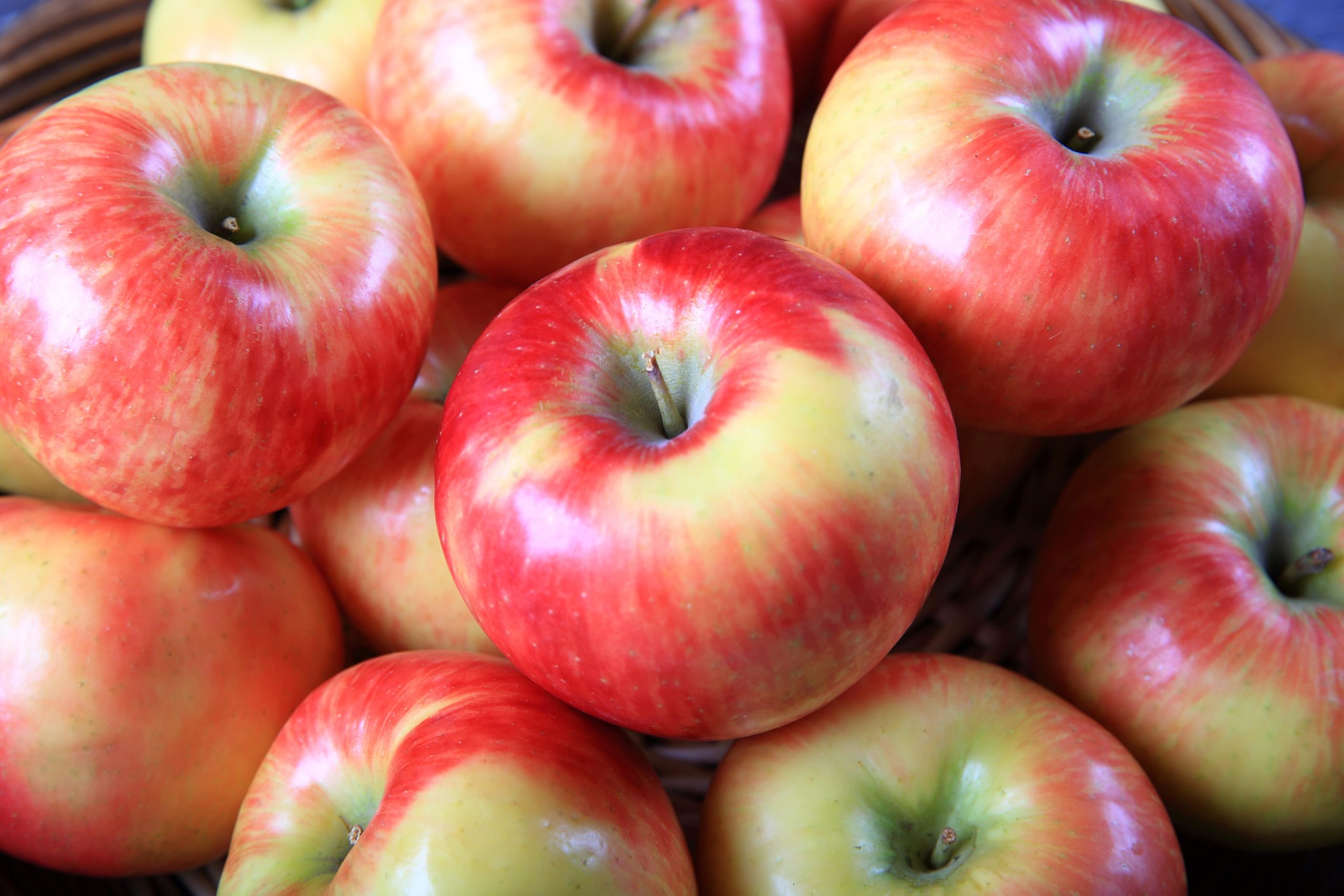
7. Pink Lady
Slightly tart and very sweet, Pink Lady apples are not only delicious but are also great sources of Vitamin C. Made obvious by their name, these apples are known for their rosy, smooth skin. Unique for their trademarked name, Pink Lady apples have become one of the most popular apple varieties.
Below, we’ve listed some popular and easy recipes to get you started cooking with Pink Lady apples today.
Note: Pink Lady apples are in season from late October through early November.
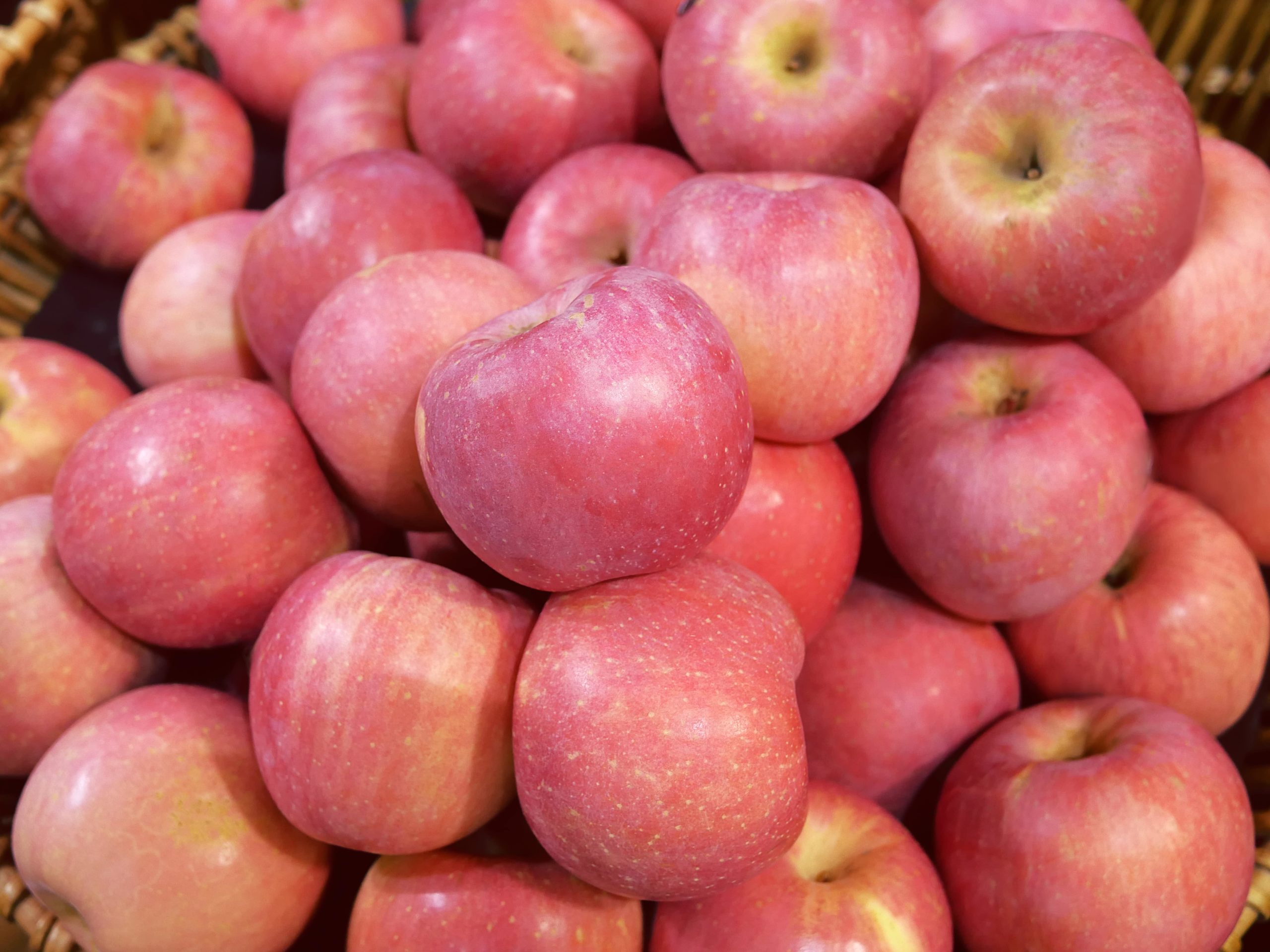
Tips for Cooking with Apples
Now that you know the best types of apples for cooking, it’s time to learn how to shop, store, and prepare them. Below, we’ve outlined some tips for cooking with apples that will help you from the time you walk into the store to serving your dish.
Shopping for Apples
The first thing to remember when shopping for apples is to stay in season and shop local. If you need help, ask your local produce team to find out which apples are in season at the time of your shopping.
However, you can’t always depend on the apple you need to be in season, and if this is the case, there are other factors you can consider to get the freshest apples for your home. Below, we’ve listed some of the things you can look for as you browse your local grocery store’s produce aisles.
Color
The color you should look for when you’re choosing your apples will vary depending on the type you’re cooking or baking with.
- Honey crisp apples should actually have slightly blue or green tinges. You want to stay away from Honey Crisps that are too yellow, which usually indicates it’s overly ripe.
- On the other hand, yellow hues on Fuji apples indicate a sweeter taste, whereas green hues will often be more tart.
- When it comes to red varieties, searching for apples that show more red and orange hues indicate a strong, sweeter flavor from prolonged exposure to sunlight.
Firmness
When picking apples, give each one a delicate squeeze. The apple should feel firm but give a bit. If the apple is rock hard, it needs more time; if it’s too soft, it’s on its way to rotting.
Appearance
You want to check the skin of your apples as well as the firmness. Some markings should be expected, but avoid any apples with bruises, dents, or wrinkled skin.
Smell
Fresh apples are known for emitting strong aromas. Depending on the variety, the smell will be different. However, a good rule of thumb for any apple is that if it smells “green” (sour), it most likely needs more time to ripen.
Storing Apples
Temperature
Always store your apples unwashed and in the refrigerator. Washing your apples will soften the skin, inevitably speeding up the ripening process.
Try to keep them in the coolest area with some humidity, this will prevent the skin from wrinkling. You’ll want to shoot for a temperature between 33 to 35 degrees Fahrenheit.
Ripening
Some apples will need more time to ripen before being cooked or eaten. If this is the case, store them in a cool, dark place. When you transfer your apples to the refrigerator, it will work to prolong the ripening process as well as the eating quality.
If you’re trying to keep sliced apples fresh, try submerging them in salt water for 10-15 minutes before storing them. After you soak them, rinse them off with cold water to get rid of any excess salt.
Lemon juice is also a good way to prevent sliced apples from turning brown. However, if you add lemon juice to your apples, you’ll want to eat them sooner rather than later to avoid the altered taste.
Flavor
Apples can absorb the flavors of strongly scented foods. As a result, try to keep them far away from foods like garlic and onions. Try storing them in separate shelves or bins to ensure they stay fresh and flavorful.
Apples also release a strong gas known as ethylene, which speeds up the ripening process. If you want to prolong the quality of your apples, make sure you don’t keep them in an enclosed space like a plastic bag, this will trap the gas and encourage the apples to ripen quicker.
Preparing Apples
If you want to prepare your apples before storing them, you want to make sure they’re washed thoroughly and peeled. Cooking apples with the skin on is difficult because as they cook, their skin will become tougher and won’t break down.
A good tip is to use a vegetable peeler instead of a knife when removing the skin. This will be faster and will also remove less flesh. Try cutting your apples in fourths, this will make removing the core easier. If you need to store your peeled apples before cooking them, toss them in salt water or lemon juice to prevent them from browning.

Apples are great additions to any dish, no matter what variety you choose. Don’t be afraid to get creative with your apple recipes, discovering new ways to enjoy your favorite type of apple is half the fun!
Looking for fresh produce to add to your meals? Visit our online fresh produce market to see what we offer today.
